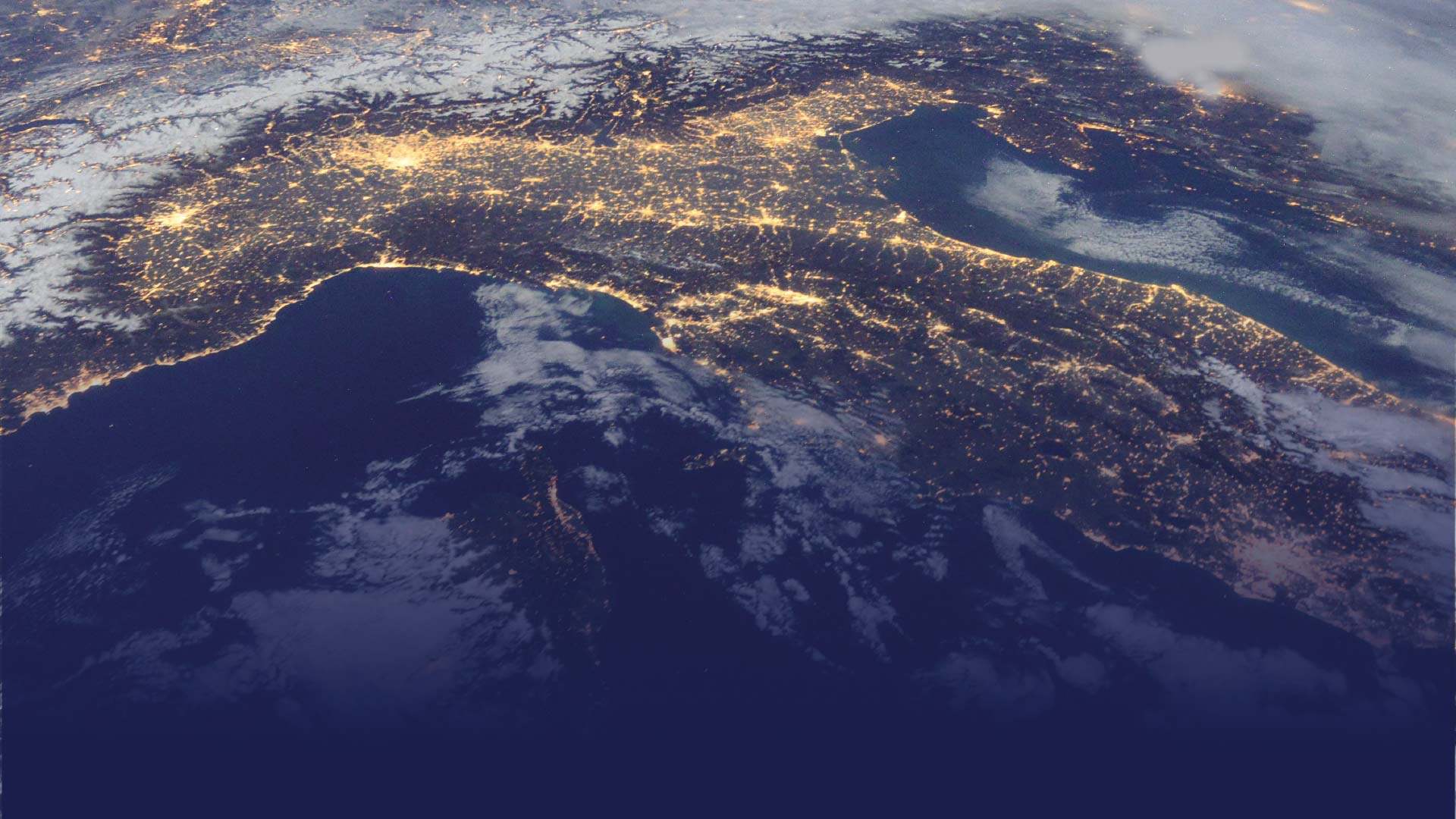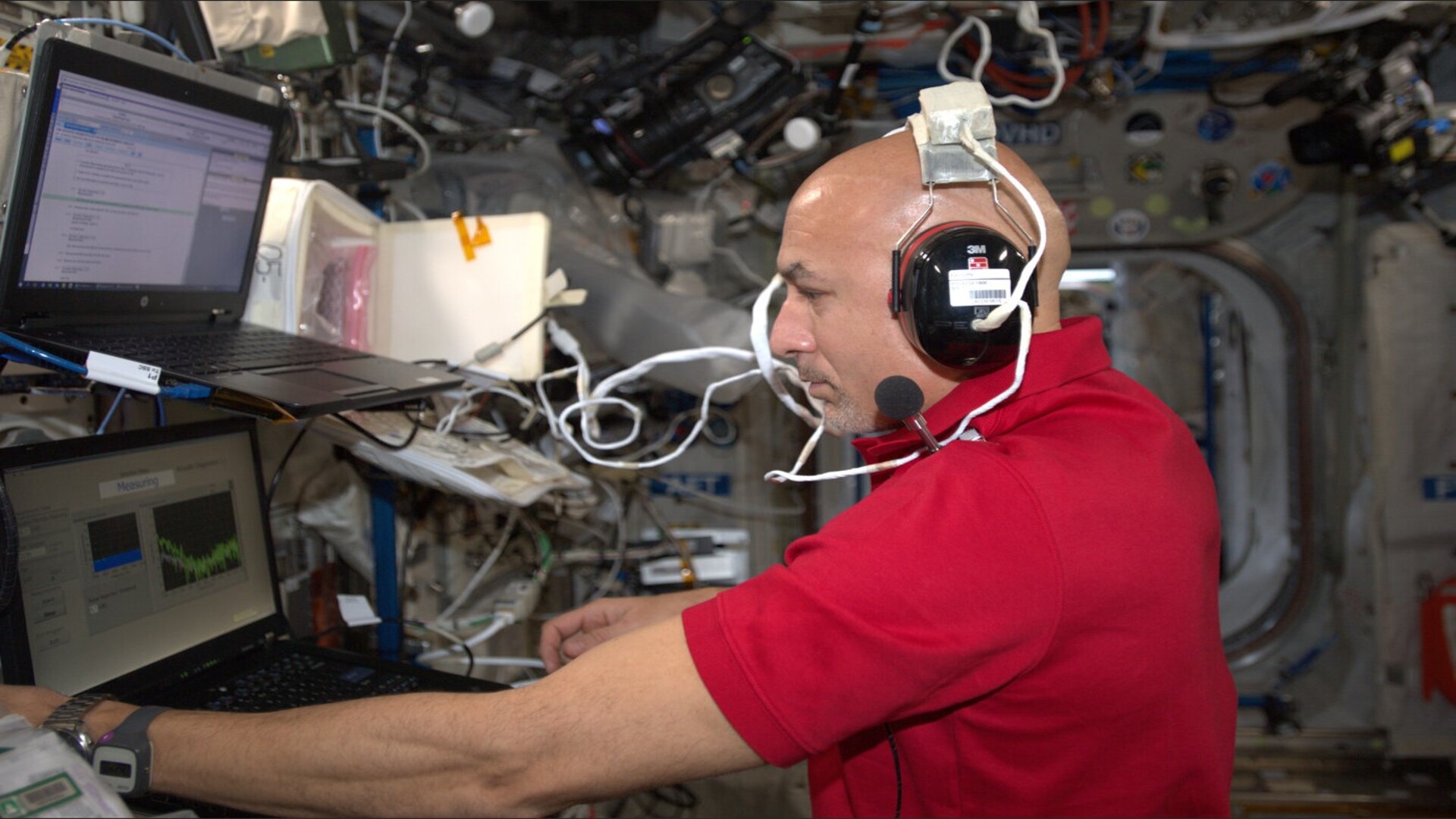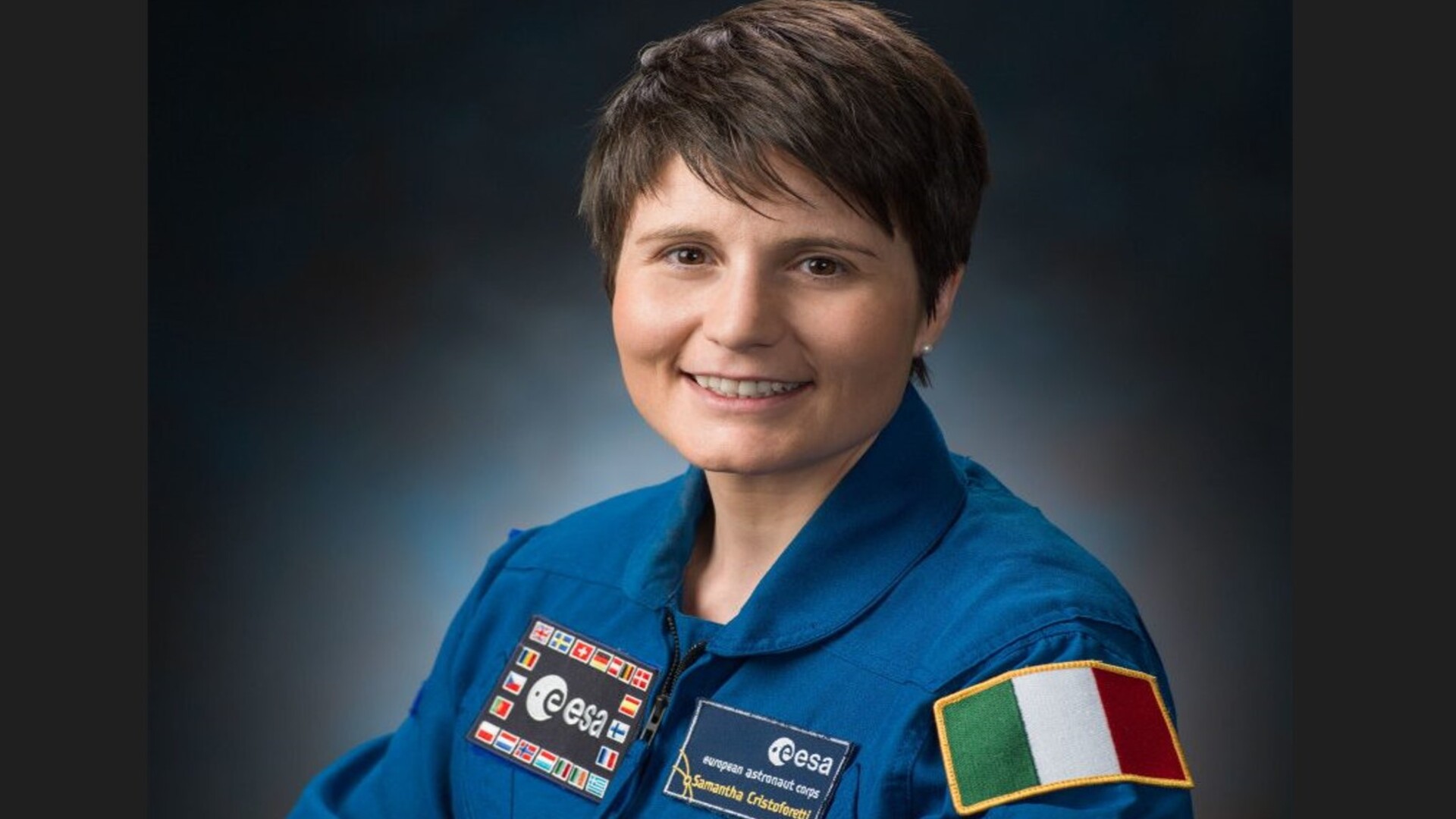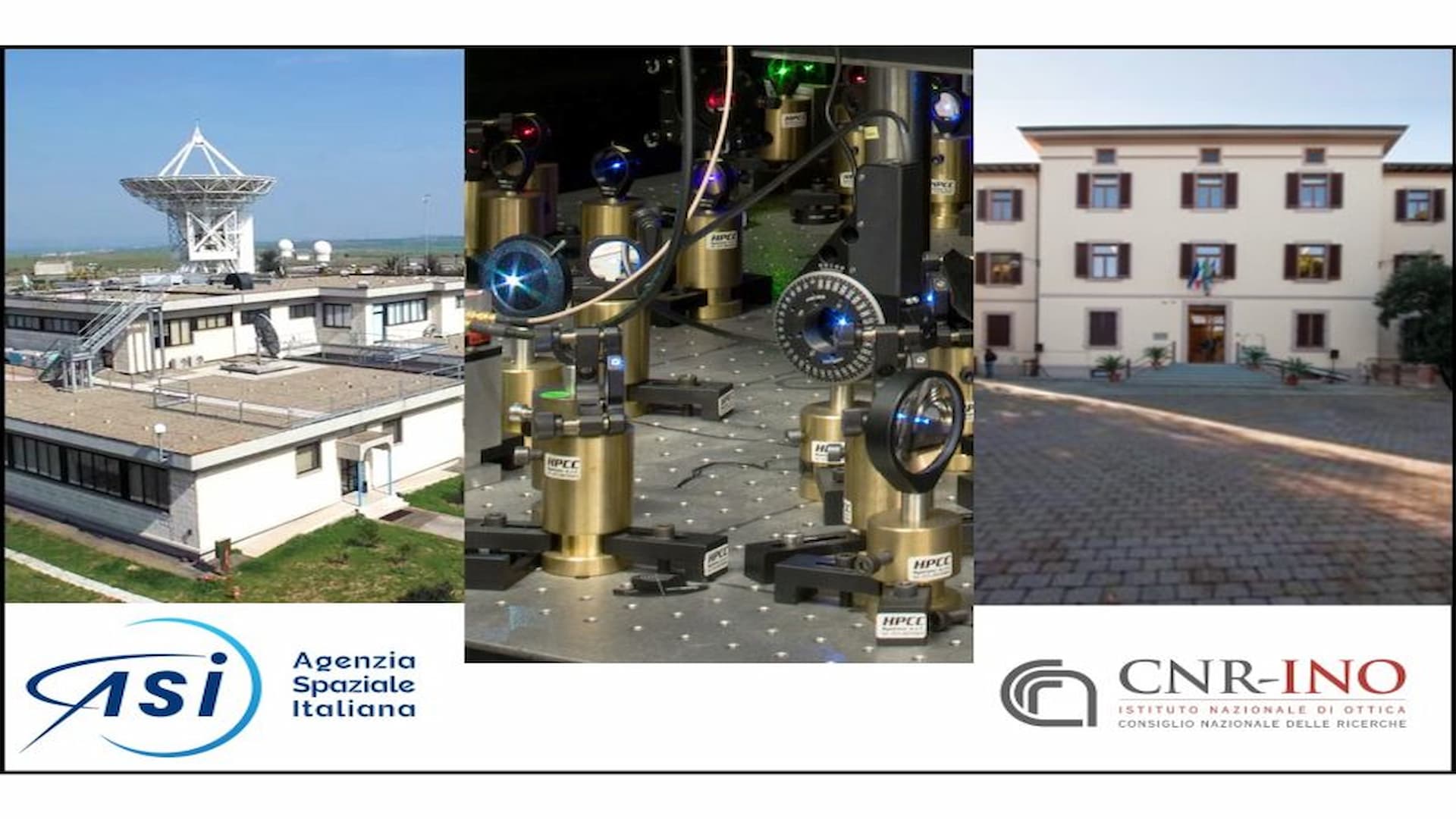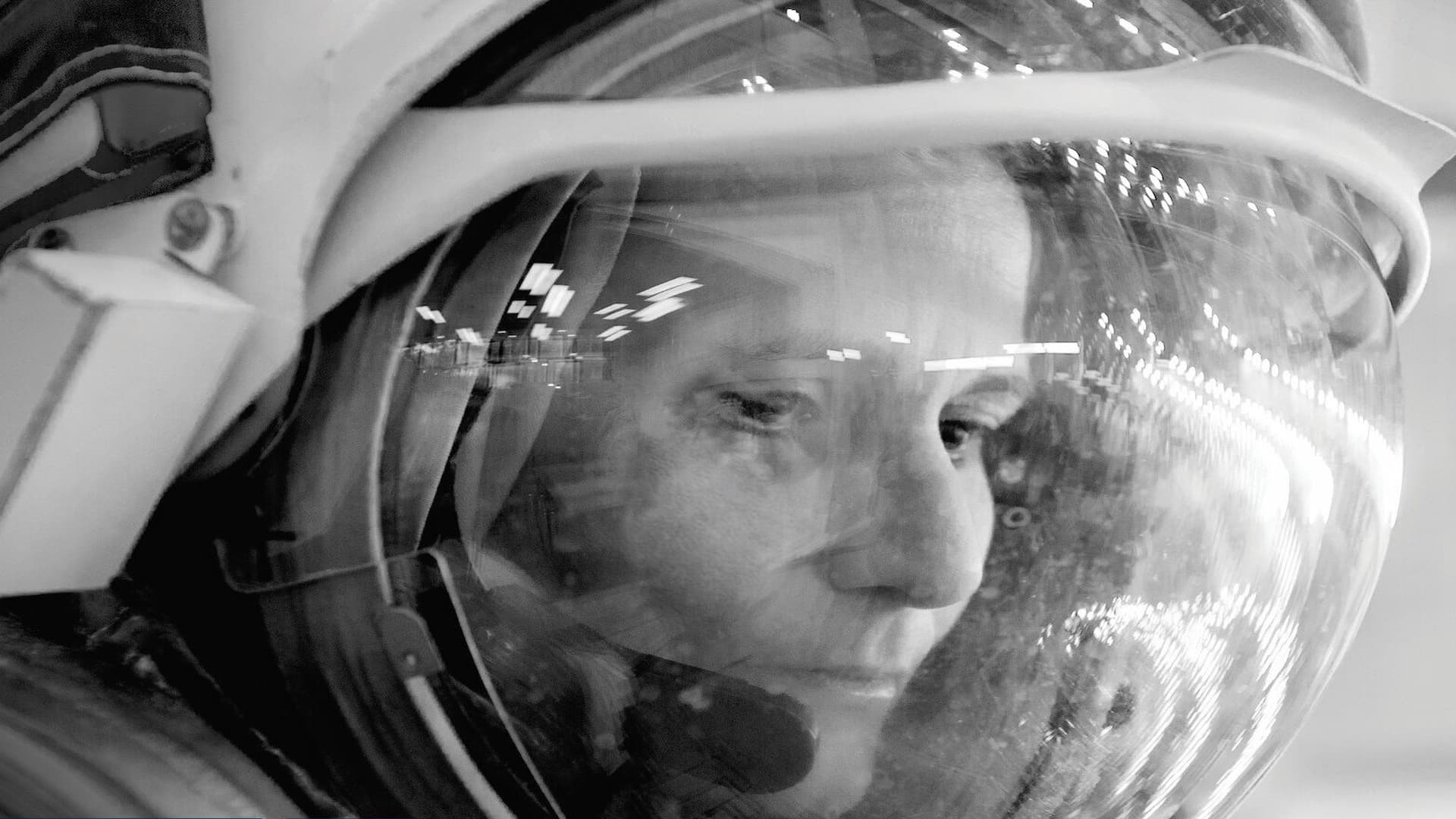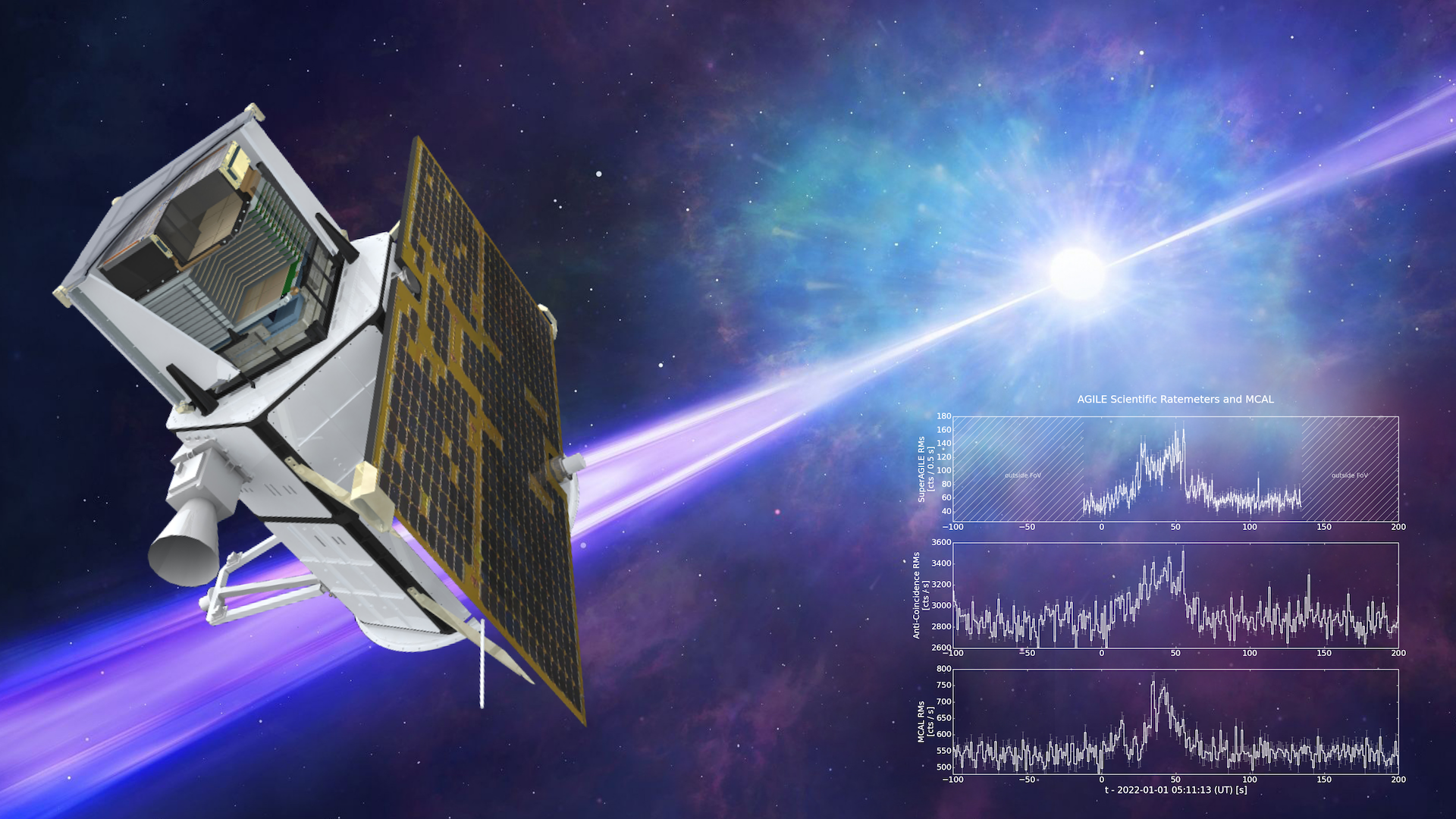PErsonal Radiation Shielding for intErplanetary missiOns (PERSEO) proposes the use of water as a material for developing a radiation-safe suit for the high-radiation environment in space. A suit prototype is tested aboard the International Space Station (ISS). Space missions, especially those travelling outside the Earth’s magnetic field, experience higher radiation levels during flight, including radiation from an occasional solar storm which can cause damage to bone marrow and organs. PERSEO takes the first steps of creating a wearable, radiation-safe suit by testing if a water-filled suit can be comfortably worn by the astronaut, and later drained without wasting water, a precious resource in space.
The PErsonal Radiation Shielding for intErplanetary missiOns (PERSEO) Project foresees the development of a radiation protection system wearable by an astronaut, in order to allow emergency exit from a shelter in the case of a Solar Particle Event (SPE), and to reduce the risk associated to cosmic radiation exposure. The project faces the issue of radiation protection of astronauts by utilizing resources already available on board spacecraft as shielding materials, and thus reducing additional payload mass associated with any extra shielding material.
The garment is easily wearable and designed to selectively shield most radiosensitive organs. Water is chosen because of its known shielding properties and the possibility of using existing potable water on the ISS. The positioning and thickness of shielding containers to be filled with water is defined, based on Monte Carlo simulations for a dressed anthropomorphic phantom model in a realistic radiation environment. Additionally, the water used to fill the garment containers can be made reusable after draining the containers. A exible container is launched lled with potable water, and the water quality is assessed when the container is brought back.
Water is chosen because of known shielding properties against solar protons, with the advantage of already being on board, and without being “wasted” by the use for shielding purposes. The overall driver is optimization of onboard resources.
This system could play a key role in the design of permanent outposts on the lunar surface, and in future manned expeditions beyond Earth's orbit. Indeed, in these missions, the impossibility to launch large volumes of materials to be used only for shielding purposes excludes the possibility of a shielding strategy entirely based on the presence of shelters.

